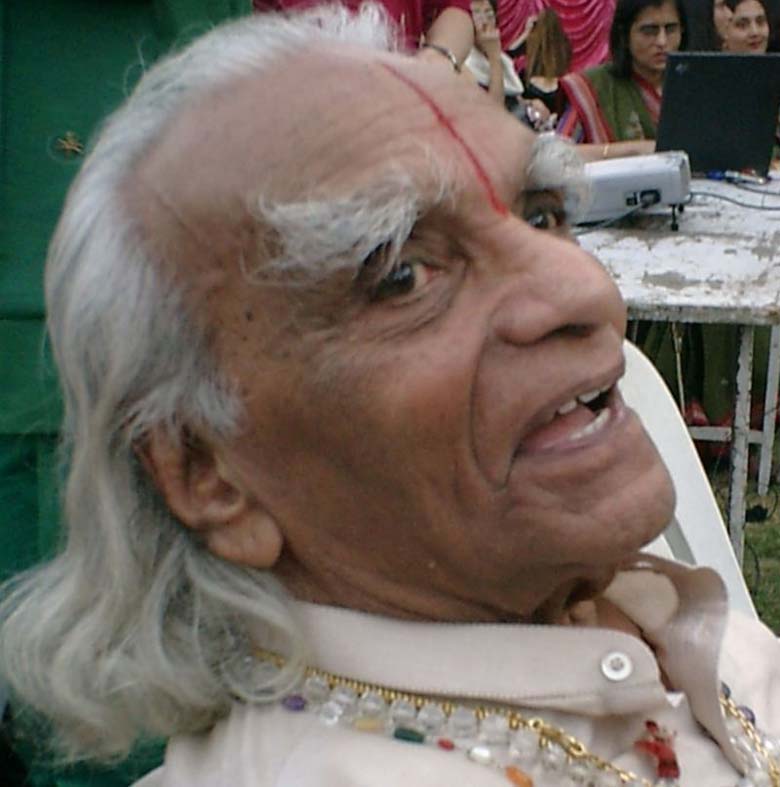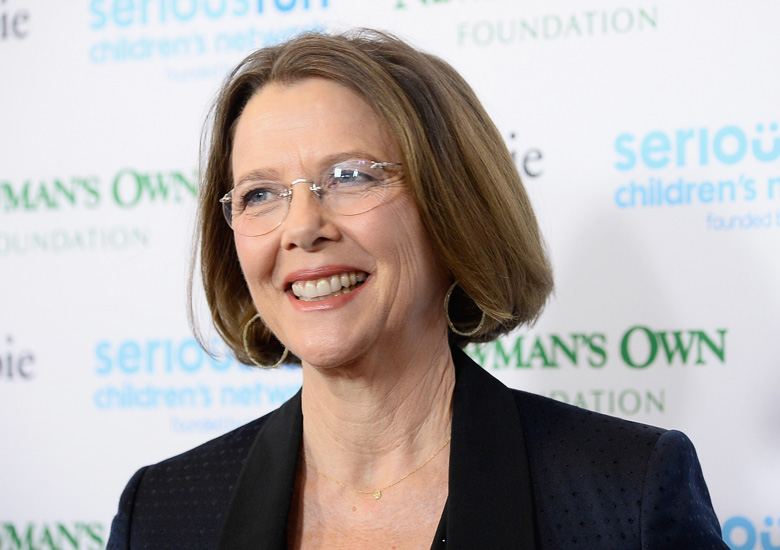
(Wikipedia)
The man who brought the ancient art of yoga to the western world is celebrated in the December 14 Google Doodle. Today is the day that BKS Iyengar would have turned 97. He was born in what is now known as a Karnataka, India, in an impoverished family. By the time he was 18, Iyengar had become a yoga master. When he died in August 2014 at the age of 95, he had brought yoga to the masses, opened dozens of schools and written iconic books about the art.
Here’s what you need to know about BKS Iyengar:
1. He Started Yoga at 15 in an Attempt to Get Over Malaria, TB & Typhoid
BKS Iyengar was born into an influenza pandemic in India in 1918. Three of his 13 siblings died in infancy. His father was a teacher. Although he survived his childhood, Iyengar was constantly stricken with various diseases such as malaria, tuberculosis, malnutrition and typhoid. Conditions that carried an astronomically high mortality rate among children. According to his New York Times obituary, Iyengar described himself like this:
My arms were thin, my legs were spindly, and my stomach protruded in an ungainly manner. My head used to hang down, and I had to lift it with great effort.
When he was 9, his father succumbed to appendicitis. When he was 15, his brother-in-law, a yoga teacher named Sri Tirumalai Krishnamacharya, invited Iyengar to come to his school so the teenager could try yoga as a remedy for his ailments. When he got there, though, Iyengar found that he was mainly used as a servant at the school. Eventually, his relationship with his brother-in-law improved, and Krishnamacharya took Iyengar under his wing and began to seriously teach him. One of the rules was that the teenager couldn’t eat until he mastered certain postures. Iyengar regarded these teachings as a turning point in his life.
2. Annette Bening, Donna Karen & Aldous Huxley Were Among His More Famous Students

Academy Award-nominated actress Annette Bening was one of Iyengar’s most famous students. (Getty)
In the New York Times obit, many of Iyengar’s celebrity students are mentioned, notably, Annette Bening, Aldous Huxley and Donna Karen. He was also favored among India’s Bollywood stars and cricket players. Although, of his celebrity fans, arguably his greatest success was getting the Queen of Belgium, Elisabeth, to perform a headstand while she was 80 years old.
3. His Wife Died 40 Years Before He Did
In 1973, Iyengar suffered his greatest tragedy when his wife, Ramamani, died. The couple were married by arrangement in 1943, according to his Guardian profile. That piece quoted his touching tribute to their union: “We lived without conflict as if our two souls were one.” She passed at the age of 46. In her honor, Iyengar named his yoga school in Pune after her. That school is run by his son, Prashant, and daughter, Geeta. At the time of his death, his granddaughter, Abhijat, was also teaching there. He and Ramamani had four other daughters.
4. In 2004, He Was Voted One of Time Magazine’s 100 Most Influential People
Among the many honors he received in his life, in 2004 Iyengar was named one of Time magazine’s most influential people. That’s in addition to a string of yoga awards he won throughout the course of his career. His first book, Light on Yoga, was published in 1966 and was an international bestseller that was translated into 17 languages. Iyengar wrote 14 books during his life.
5. He Believed That Change Was ‘Something That We Should Welcome’
Unsurprisingly, Iyengar was quite profound and was known for his pearls of wisdom. Here are some of his best:
You must purge yourself before finding faults in others.
When you see a mistake in somebody else, try to find if you are making the same mistake.
This is the way to take judgment and to turn it into improvement.Do not look at others’ bodies with envy or with superiority.
All people are born with different constitutions.
Never compare with others.
Each one’s capacities are a function of his or her internal strength.
Know your capacities and continually improve upon them.
Yoga is like music: the rhythm of the body, the melody of the mind, and the harmony of the soul create the symphony of life.
The hardness of a diamond is part of its usefulness, but its true value is in the light that shines through it.
Meditation is oneness, when there is no longer time, sex, or country. The moment when, after you have concentrated on doing a pose (or anything else) perfectly, you hold it and then forget everything, not because you want to forget but because you are concentrated: this is meditation.
Change is not something that we should fear. Rather, it is something that we should welcome. For without change, nothing in this world would ever grow or blossom, and no one in this world would ever move forward to become the person they’re meant to be.